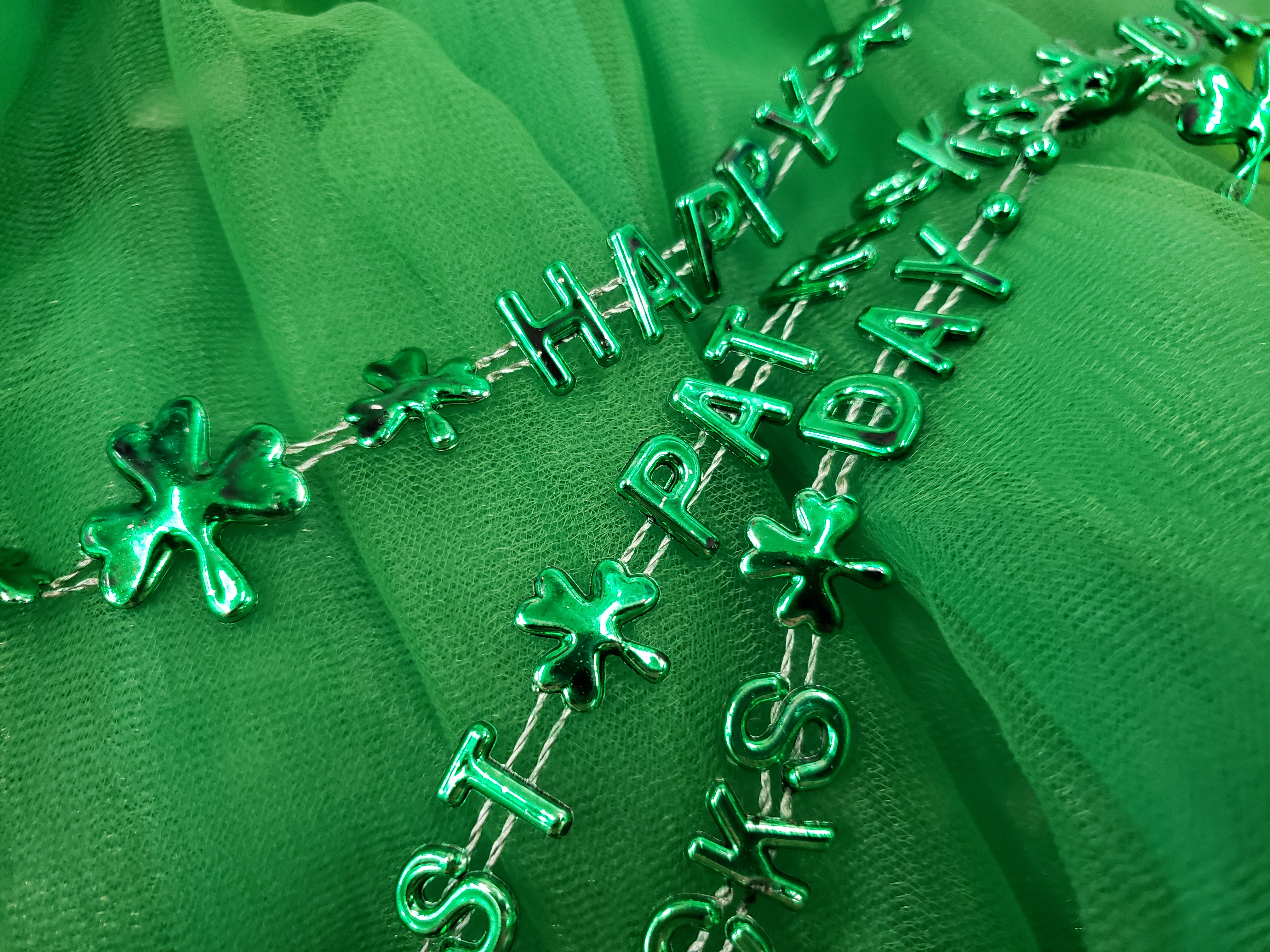When March 17th rolls around each year in the United States, everywhere we go is decked out in green and gold to celebrate St. Patrick’s Day. Usually when the holiday comes up in conversation, the things we associate with it are the aforementioned colors, clovers, luck, leprechauns, and Ireland. However, the holiday has a culture that stretches far beyond these.
According to CNN.com, the holiday was established as the feast day of St. Patrick, the patron saint of Ireland, to honor the day he died in 461. British-born, St. Patrick was brought to Ireland as a slave at the age of 16. At 22, he escaped, becoming a priest in a French monastery. He returned to Ireland to convert the Irish to Christianity. He supposedly used a three-leaf clover to explain the Holy Trinity to them, leading to it becoming one of the main symbols of not just the holiday, but also the country. Legend claims the saint also drove snakes out of Ireland, but scientists have since proven there were no snakes in Ireland at the time.
The celebrations for the holiday vary throughout the world. Some of the ones we are more familiar with have American roots. According to Ireland-Information.com, the first Saint Patrick’s Day Parade was held in 1762 by Irish soldiers serving in the British army in New York City. Parades all across the country have since become a normal annual occurrence with some of the largest being in New York City, Boston, and New Orleans. It wouldn’t be until 1931 that Ireland would host their first official parade for the holiday, which would later turn into a five-day festival.
Despite the color originally associated with St. Patrick being blue, green has become the biggest color paired with the holiday. It has since become so entrenched with the holiday, that many landmarks throughout the world are donned in the emerald color. Ireland-Information.com believes this tradition started from the 1962 dying of the Chicago River to a bright green in celebration of the holiday. In the years since, many landmarks have felt the green touch including “the Irish Parliament building, the Sydney Opera House, the Empire State Building, Niagara Falls and even the Pyramids of Giza in Egypt!”
An Irish tradition for this holiday is the practice of attending church the morning of St. Patrick’s Day to thank God for their patron saint. They also tend to eat a traditional meal that night, consisting of corned beef and cabbage, according to History.com.
While Ireland and America can be seen as two of the biggest celebrators of St. Patrick’s Day, the holiday is not exclusive to these two countries. They are joined by the United Kingdom, who celebrate in many the same ways as the other two countries, including large-scale parades in cities such as Birmingham, which, according to WeTravel.com, is third biggest after the ones held in Dublin and New York.
Argentina also celebrates the green holiday with their own festivals and events; particularly in Buenos Aires, home to the largest South American St. Patrick’s Day celebration.
Since 1992, Japan has held a parade for the holiday that grows bigger each year. At first, it was an attempt by Irish immigrants to showcase Irish culture to the Japanese. Now, it has become a mix of Irish and Japanese dress-up and culture.
Many other countries celebrate the holiday as well, some of the most interesting being Russia, Australia, Canada, India, New Zealand, and Singapore. As time ticks closer to March’s most well-known holiday, people literally around the globe will be getting ready to don their emerald apparel and celebrate.
Photo: Marisa Fields-Williams/ The Johnsonian




